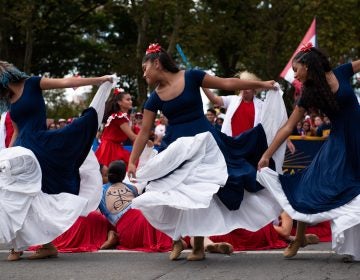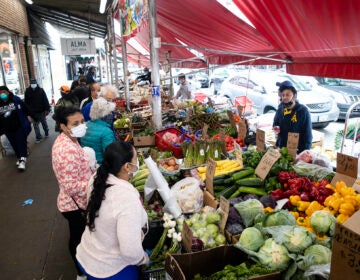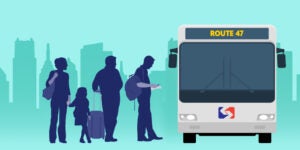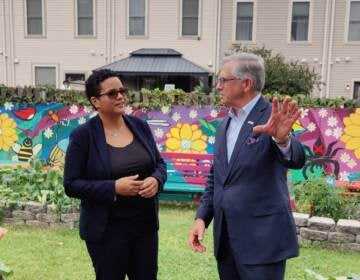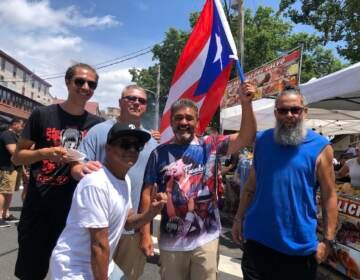Moving to North Philly from São Paulo taught me about Black and Latinx resilience
After moving from Brazil, Gabriela Watson-Burkett learned about Black and Latinx experiences in the U.S. from her neighbors in North Philadelphia.
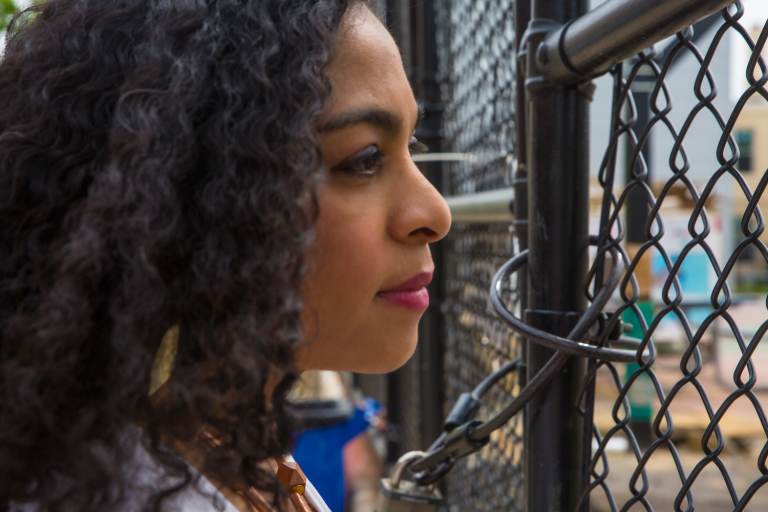
Gabriela Watson-Burkett observes the playground and reminisces of her first experience living in Philly in 2013, coming from Sao Paulo, Brazil. (Burkett Photography for WHYY)
“You need to seriously consider moving.”
That’s the phrase my white Temple colleague uttered to me upon learning that I was living in North Philly — on 8th and Diamond Streets.
The comment made me immediately uncomfortable — I am a Black and Brazilian filmmaker and understood her meaning. The Black and Latino neighborhood where I lived was, in her eyes, dangerous.
From Brazil to the City of Brotherly Love
I arrived in North Philly directly from São Paulo, Brazil.
Even before I touched down. I heard from my cohort’s emails the warnings about the neighborhood around Temple, my destination for graduate school. The comments about ‘unsafe’ areas’ didn’t stick — I was born and raised in São Paulo, a city of 12 million with no shortage of scary stories. I thought: ‘if I can navigate São Paulo, I will be fine in Philly.’ The other unusual factor that gave me a sense of protection is my Blackness. One byproduct of structural racism is that most people assume I have nothing of value.
I arrived in Philadelphia at the end of the summer, a few weeks before my MFA film program at Temple began. That first weekend was also my first block party in the neighborhood — the perfect introduction and welcome.
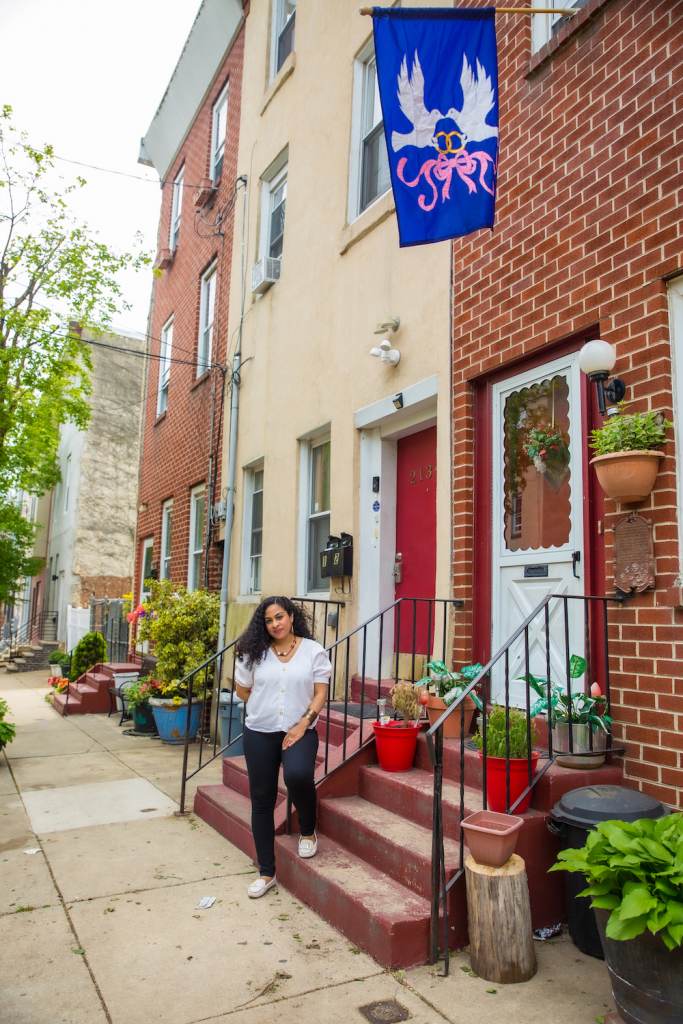
Heat made the asphalt blocks appear hazy.
Everyone was outside, music bumping from radios, kids running around and balloons floating in the hot air, their frayed strings tied to stoops. A plastic pool filled with cold water sat in the middle of it all.
It made me so happy.
My right-door neighbor was Puerto Rican and the neighbor on the left, African American. It didn’t matter if my neighbors played Stevie Wonder or El Gran Combo, I would enjoy it anyway. And that was representative of the makeup of North Philly.
Soon enough, I started to see the things that made my classmates feel unsafe. The bodega on the corner had a ‘no guns allowed’ sign at the door. Sometimes, I would order a cab to go somewhere with my heavy film equipment and drivers wouldn’t show up or blatantly refuse. “I don’t go to this part of the city,” they would say. Refusing a ride is illegal but that didn’t stop them.
Navigating the city in the SEPTA bus 47
I quickly started to take public transit to get to know the city. SEPTA’s 47 bus stopped near my house and became my ride into the Latino community — El Centro de Oro and Taller Puertorriqueño. There, I heard salsa music and Spanish chatter. The truth is that the Hispanic community in the United States is much more established than in Brazil, which was colonized by Portugal. Instead of Spanish, we speak Portuguese. Instead of salsa and bachata, we dance samba.
I could also take the 47 bus southbound to downtown, where I could find historical buildings and big department stores like those in the megacity back home. Center City’s skyscrapers reminded me of one of the busiest avenues where I also used to work: Paulista Ave. The hustle and bustle felt familiar too. Just like in my hometown, musicians played in the streets and in the subway, their songs blasting against the melodies wafting from the car radios. One day I heard drums and ran outside. I thought: “It’s a samba school,” but it was a drill band. That energy definitely made me feel at home.
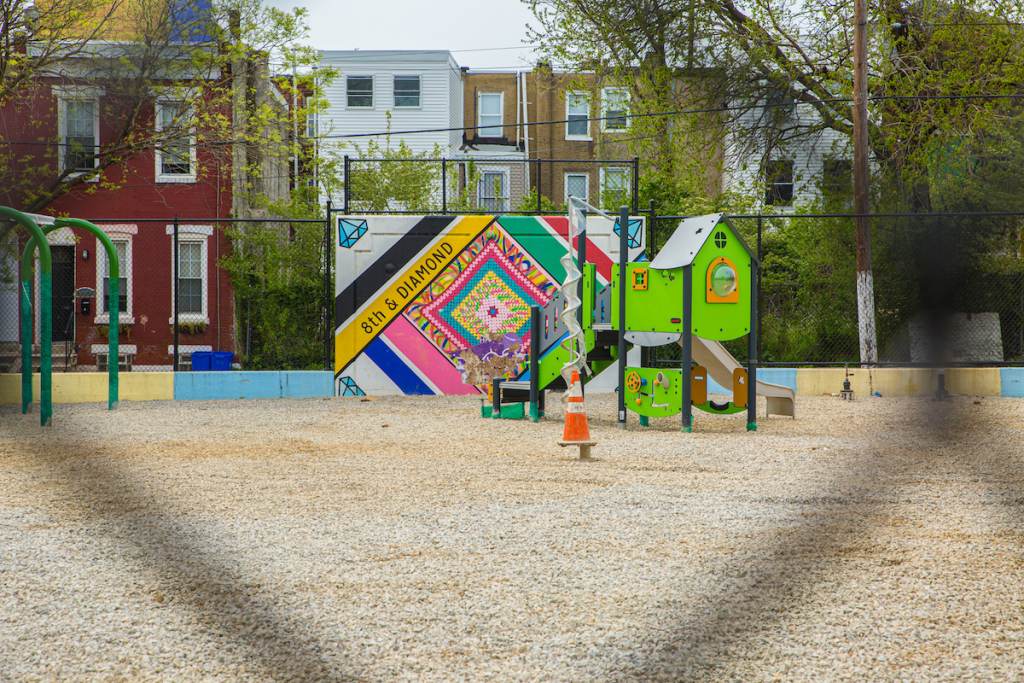
Since my parents are from Peru, I learned both cultures: Peruvian and Brazilian. My Peruvian identity always surprised Brazilians, especially because my father is Afro-Peruvian and I look like most of the Brazilian population: a Black person with a mixed background. Yet I always felt a little bit of an insider/outsider. Too Brazilian to be Peruvian, and a Black girl, who sometimes was considered not Black enough but never white. In addition to my racial identity, I was a first-generation immigrant to Brazil, another difference to navigate.
But living within multiple identities allowed me to see many different perspectives — a blessing in a city as diverse as Philadelphia.
Surprisingly, I felt closer to the Latino culture in Philly, where I could find Dominicans, Puerto Ricans, Peruvians, Cubans, and Colombians. “Latin America is here!” I thought. And Black culture rooted throughout the city made me feel even more welcomed.
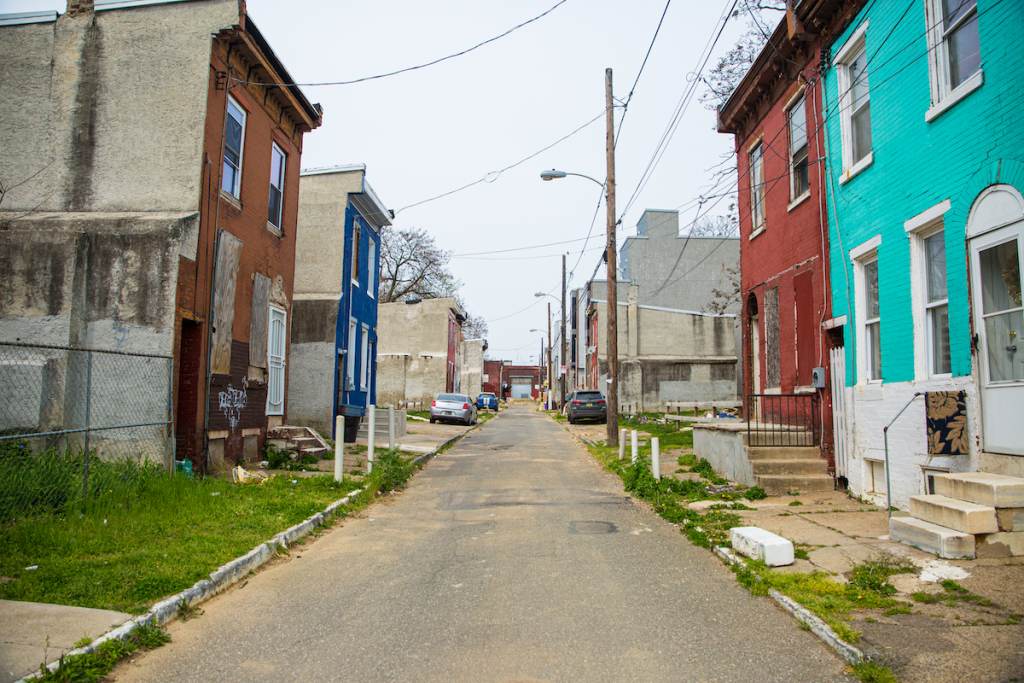
Taking the bus as a foreigner was like a fun adventure, I was happy to see a diverse crowd, I was impressed at how reliable the bus schedule was. In Brazil, we don’t have a schedule for the bus at every stop, just the departure time, which means you are never really sure what time the bus will come. The ride from Center City to North Philly took 20 minutes, while most trips in São Paulo take at least one hour.
The hardest part of adapting came with the winter time. I observed that our streets were not nearly as clean from snow or litter than other parts of the city. Another problem arose: The distance to the nearest grocery store seemed longer during the winter time when walking in freezing weather was something totally new for me. I started to miss the abundance of fresh and affordable produce that we have back home.
In São Paulo the inequalities hit differently. We have centralized wealthy areas, surrounded by middle-class areas and ringed along the periphery of the city by the slums. Usually, the farther from the center that you go, the poorer it gets. In some slums, people live with no clean water, no sewer. On the other hand, most neighborhoods in São Paulo have a bakery where you can get fresh juices, meals, and bread baked every hour. Although the geographic organization of the communities were different, one thing prevailed: the lack of resources always hits Black and brown communities harder.
I was used to the racism and I fit in alright, yet the baggage that came from living in North Philly felt heavy. I looked like many North Philly residents, but I also was part of a privileged group of students who can enjoy the benefits of the university and live in the gentrified areas that surround the campus. Once again, I felt like I was an insider/outsider. How could I be part of the solution and not the problem? That question still fuels me. It sparks me to continue my work. It shows me that even in the filmmaking mecca of the United States, many communities look more like those in my home country than you would ever know from watching the movies produced in its studios.
Affordable housing, food security, racism, discrimination: the problems run deep. But resilience, perseverance, and faith also flows. Neighbors organize block parties and kids run and sing. There is laughter and dance — hope for a better day. That first year in North Philadelphia taught me lessons I would never forget. Obrigada, Philly.

Subscribe to PlanPhilly
WHYY is your source for fact-based, in-depth journalism and information. As a nonprofit organization, we rely on financial support from readers like you. Please give today.



